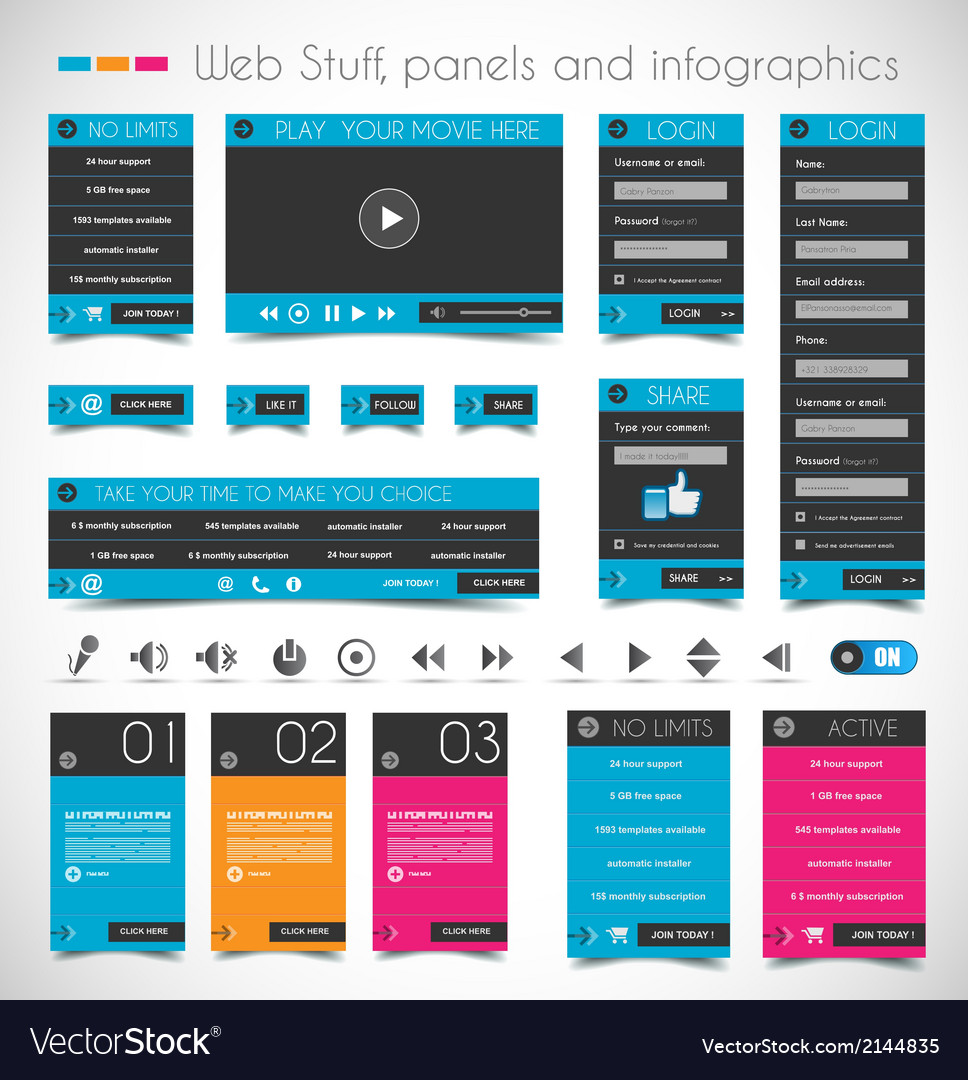The Development Of Web Site Design: From Earlier Times To Currently
The Development Of Web Site Design: From Earlier Times To Currently
Blog Article
Authored By-Rasmussen Dalby
In the past, sites were straightforward and concentrated on info. Navigation was straight, and layout was for desktop computers. Currently, customer experience is key. Information guides layouts for simple navigation. Responsive formats fit various gadgets. Today, dark mode reduces strain, and minimal food selections boost navigation. Interactive attributes involve customers, and strong visuals stand out. AI assimilation increases interaction. See just how layout has developed to boost your online journey.
Early Days of Website Design
In the very early days of web design, simplicity reigned supreme. Web sites were standard, with restricted shades, font styles, and layouts. The focus was on offering info rather than showy visuals. Individuals accessed the internet via slow-moving dial-up links, so rate and capability were vital.
Navigation food selections were straightforward, commonly situated at the top or side of the web page. Web sites were developed for desktop, as mobile surfing had not been yet widespread. Web content was king, and designers prioritized very easy readability over intricate style aspects.
HTML was the main coding language used, and designers had to function within its constraints. Animations and interactive attributes were minimal compared to today's criteria. Internet sites were fixed, with little vibrant web content or personalized user experiences.
Surge of User-Focused Layout
With the advancement of web site design, a shift towards user-focused design concepts has ended up being significantly famous. Today, creating sites that focus on user experience is important for engaging visitors and attaining service objectives. User-focused layout involves recognizing the demands, preferences, and behaviors of your target audience to customize the website's format, content, and features appropriately.
Developers currently perform thorough study, such as user studies and functionality testing, to gather insights and responses straight from customers. This data-driven technique assists in producing intuitive navigation, clear calls-to-action, and visually appealing interfaces that reverberate with site visitors. By positioning the individual at the center of the style procedure, websites can deliver a more individualized and pleasurable experience.
Responsive design has also become a crucial facet of user-focused design, ensuring that internet sites are enhanced for various tools and screen dimensions. This versatility boosts accessibility and usability, accommodating the varied means customers engage with web sites today. In essence, the rise of user-focused design symbolizes a shift in the direction of developing electronic experiences that prioritize the demands and expectations of the end user.
Modern Trends in Website Design
Explore the most recent fads forming website design today. One prominent pattern is dark setting style, providing a streamlined and modern appearance while minimizing eye strain in low-light environments. One more essential trend is minimalist navigating, streamlining menus and enhancing user experience by concentrating on essential elements. Integrating micro-interactions, such as computer animated buttons or scrolling effects, can develop an extra engaging and interactive web site. Responsive style continues to be essential, guaranteeing smooth individual experiences across various devices. Additionally, making use of vibrant typography and asymmetrical designs can add visual interest and accentuate certain web content.
Integrating AI innovation, like chatbots for consumer support or customized referrals, enhances user interaction and enhances procedures. Access has likewise become a significant trend, with designers prioritizing comprehensive style practices to deal with diverse individual needs. Accepting sustainability by maximizing web site performance for speed and effectiveness is another emerging fad in website design. Teaming up with user responses and information analytics to repeat and enhance design continually is vital for staying relevant in the ever-evolving digital landscape. By welcoming these modern-day fads, you can create a visually attractive, easy to use web site that reverberates with your target market.
find out this here
As you assess the development of website style from the early days to currently, you can see just how user-focused layout has actually become the driving force behind modern fads.
Embrace the journey of adjustment and adaptation in web design, always keeping the customer experience at the forefront.
Keep present with the current trends and modern technologies, and never stop advancing your approach to produce aesthetically spectacular and straightforward sites.
Advance, adjust, and produce - the future of website design remains in your hands.
